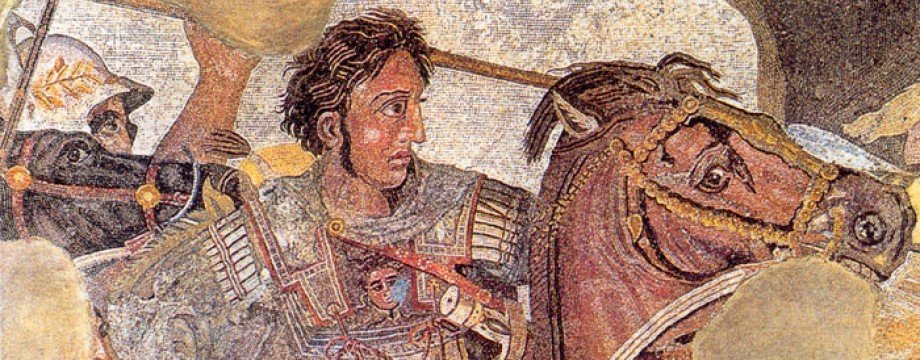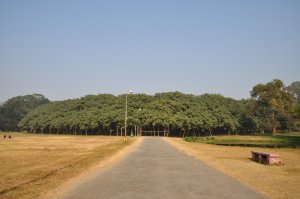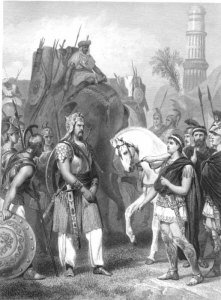Daily Diodorus
Vol. VIII. Book XVII Ch. 90 (Loeb Classical Library)
Read the other posts in this series here
The Headlines
Monkey Magic
Embisarus Yields
Death on the Ground: India’s Serpent Menace
The One Tree Forest
The Story
In this chapter Diodorus turns zoologist, and tells us of snakes ‘sixteen cubits’ long that lived in the mountains where Alexander cut down the trees to make his fleet. According to the Footnotes, sixteen cubits is twenty-four feet - ‘apparently no impossible length for a python’.
The Macedonians also encountered monkeys. According to Diodorus these were hunted by Indians. However, due to their ‘strength and cleverness’ the hunters were unable to take the animals ‘by force’.
Part of the monkey’s cleverness was the ability to imitate other’s actions. To secure their prey, therefore, the Indians would - as the monkeys watched on - ‘smear their eyes with honey… fasten sandals about their ankles, or hang mirrors about their necks’.
They would then leave the area ‘having attached fastenings to the shoes… substituted birdlime for honey, and having fastened slip nooses to the mirrors’.
The monkeys would then imitate what the Indians had done, and in so doing render themselves unable to move and/or glue their eyes shut.
What happened to Embisarus? In case you have forgotten who he is, or not read yesterday’s post, he was the king with whom Porus formed an alliance to fight Alexander. Upon hearing that Embisarus was on his way to join the Indian king, however, Alexander began the battle, which, of course, he won.
Either when Embisarus - who Diodorus now calls Sasibisares - finally arrived at the battlefield or after catching up with him himself, Alexander found a frightened man. Word of Porus’ defeat must have got back to him, and now, understandably, he was worried about what Alexander would do to his enemy.
Sasibisares’ worst fears were not realised. Alexander did not take revenge on him for supporting the wrong side. Instead, he simply ‘forced him to accept his orders’ and went on his way.
Crossing a river, Alexander entered ‘a region of remarkable fertility’. Here, the Macedonians came across trees seventy cubits high and with a girth ‘so thick… they could scarcely be embraced by four men’. The Footnotes suggest that this was the banyan tree.
The Macedonians also encountered ‘a multitude of snakes, small and variously coloured’. Diodorus says that some ‘looked like bronze rods’, which recalls Moses’ rod (Numbers 21:9), while ‘others had thick, shaggy crests’ and bites that caused ‘sudden death’.
To protect themselves from snake bites, the Macedonians ‘slung their hammocks from trees’. Diodorus says that they also ‘remained awake most of the night’. This state of apprehension continued until they learnt the antidote to the snake poison from natives.
Comments
Why does Diodorus change Embisarus’ name so suddenly? I am wondering if it is because his source does. Or perhaps he is now using a different one to earlier.
The Footnotes didn’t say how tall 70 cubits is, so I googled it. I have recently found that Google is no longer just a search engine but actually tells you things as well (I expect I am the last person on the planet to realise this) and this time it told me that 70 cubits is equal to 32 metres.
Before reading this chapter, I had heard of the banyan tree but had no idea it was so big. That honour, in my mind, went to the Sequoia. Perhaps it is the tallest, but Wikipedia tells of a banyan tree outside Calcutta, India, that is so big it actually looks like a forest. Truly remarkable.
When Fido got home his friends laughed at
him for marking a territory of just one tree.


